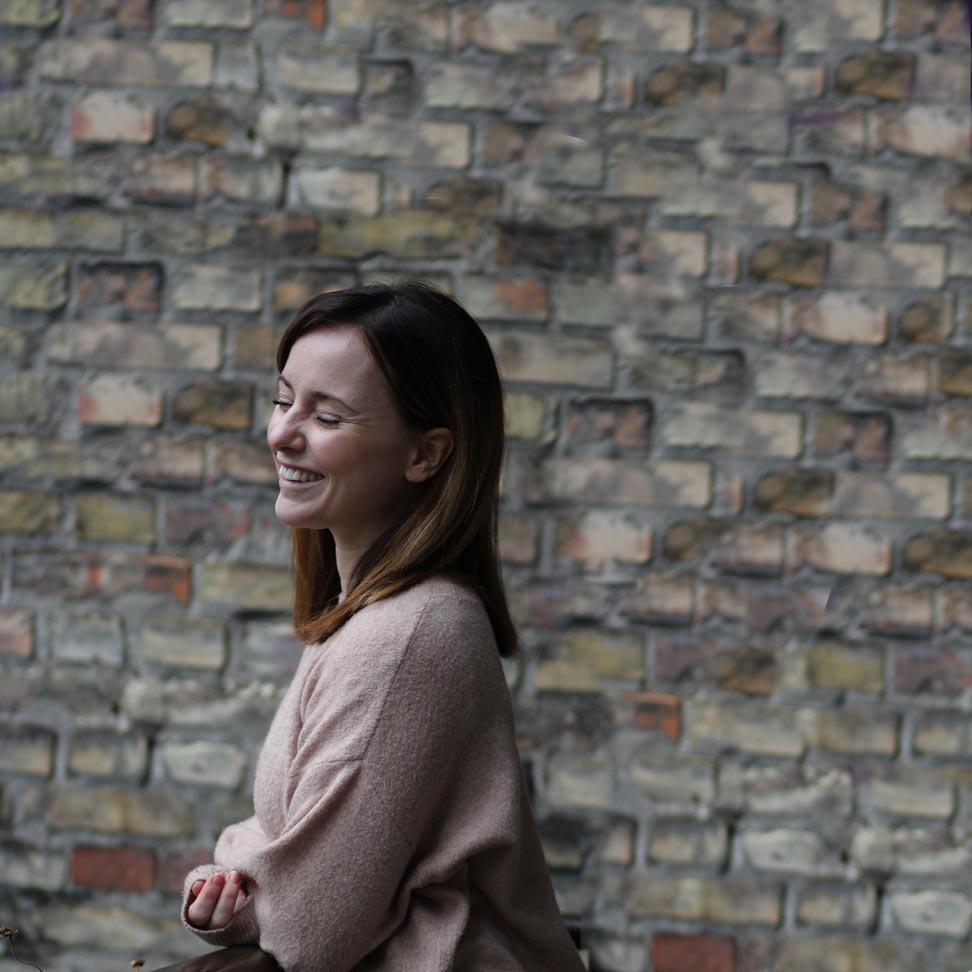Through his lens, Mattia Passarini takes his audience on a journey to some of the world’s most isolated areas – a journey inspired by diversity. A 2016 winner of National Geographic’s Travel Photographer of the Year award, the Italian-born photographer captures cultures and traditions through its people, travels to some of the most remote areas of our planet, and portrays a compelling contrast to the painting of an increasingly uniform world.
Continuing our series of conversations with inspiring adventures, we asked Mattia to tell us a little more about his motivation and how he overcomes challenges on his way. But first, he shares the story behind one of his favorite photos.
Men, women and children from the Yali Tribe in West Papua in Indonesia © Mattia Passarini
‘Yalimo is my favorite. The Yali tribe lives in a very remote and isolated area of the West Papua province in Indonesia, only reachable by foot crossing the Jayawijaya Mountains east of the Baliem Valley – also known as Yalimo. They are a highly traditional community, and I hiked for more than ten days before I finally found them. I’ve visited many tribal groups before, but the Yali tribe is something quite unique. Only a few crazy travelers – like me – visit them every year, so I feel very fortunate.
The Yali men wear rattan hoops around their waists and hips, and although the hoops are not attached to each other, they very much resemble a skirt. At the front, the hoops are supported by the “humi” – a penis guard. The women wear a small grass skirt covering the front part of their lower bodies, and an indispensable “bilum”: a net-like bag made of orchid fibres, hanging from their heads down their backs and covering their buttocks.
The ten-day hike there was very challenging, as I’d just spent two weeks in the jungle visiting the Korowai tribe. I was physically exhausted and my feet were infected, but I knew it was a once-in a-lifetime opportunity, so I pulled myself together. Once I arrived and saw the … well, it was simply amazing. The people, the environment … everything was magical. I will never forget it.’
What inspires your work and when did you first get the “travel bug”?
Mattias winning contribution to National Geographic’s Travel Photographer of the Year © Mattia Passarini
My move to the UK at the age of 18 spurred an interest in travel, and my work is very much inspired by travel itself – the discoveries you make on your journeys, and the different cultures you come in contact with. Diversity of cultures is what fascinates me the most and what drives my work.
There are traditions and cultures out there that have existed for thousands of years, and that are so distinctly different to what most of us will ever experience. In just one or two generations from now, most of these will be gone. This diversity is what leads me to travel to some of the most remote areas of our planet.
How do you pick where you want to go next?
Portrait of a woman from the Li people in China next to one of a young, Tibetan girl © Mattia Passarini
It is very complicated and very simple at the same time. There are so many cultures and traditions around the world that I would like to explore. The sad truth is, most of them are rapidly disappearing, so it’s really a race against time. I try to prioritize as best as I can.
For the same reason, my work very much focuses on people. I try to portray different cultures through the visibly distinguishing features of their people. I love to shoot people, because everyone holds a different story – I just try to read it.
How do you connect with locals when you’re traveling?
I have learned that if you open your heart to others, then they will do the same.
What challenges have you encountered along your travels, and how did you overcome them?
Bambuti people, one of several pygmy groups in The Democratic Republic of the Congo © Mattia Passarini
Challenges are waiting around every corner, when you travel to remote areas of the world. That’s just something I’ve gotten used to. Back in 2014, I was arrested for no reason just outside the Ituri forest in DR Congo. It’s a secluded area, I didn’t speak the language and I didn’t know what would happen next. Thinking back, that’s probably one of the most challenging and dangerous situations I’ve had to overcome.
Any advice for someone wanting to get into travel photography, or for people wanting to travel to faraway places?
The Korowai tribe in West Papua, Indonesia © Mattia Passarini
Be patient and don’t overthink it. You never know what’s waiting around the corner, so there’s no use in trying to guess. Just be open-minded to every experience coming your way and be prepared to spend hours on a bumpy road or trekking up a mountain. In short, buy a plane ticket and go … you’ll find your way. Life’s too short to think twice!


